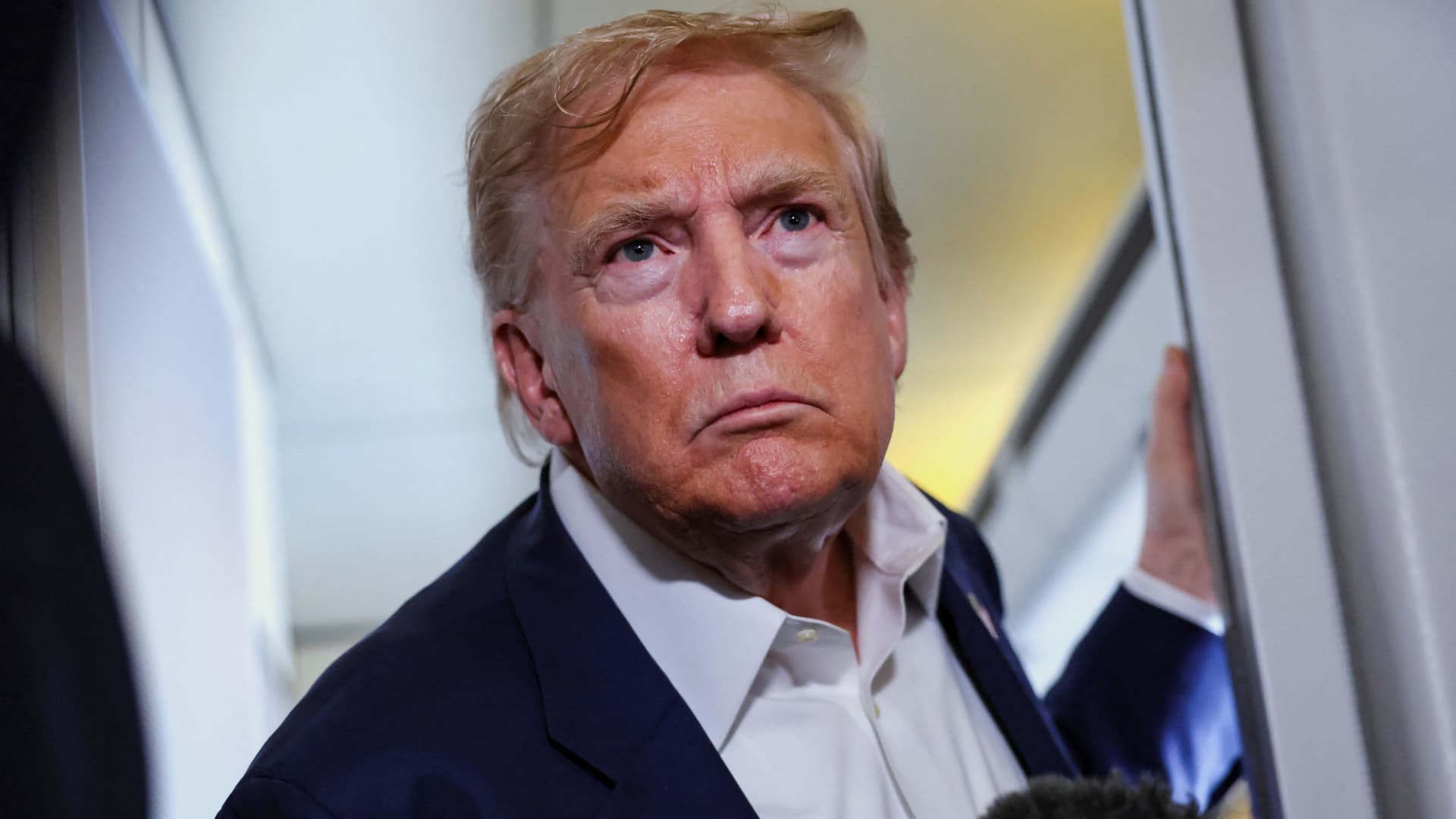The Strategic Chessboard: Analyzing Trump’s Nuclear Submarine Deployment
Introduction: A High-Stakes Geopolitical Move
The geopolitical landscape between the United States and Russia has always been a delicate dance of power, deterrence, and diplomacy. Former President Donald Trump’s reported decision to reposition two nuclear submarines in response to statements by Dmitry Medvedev, a former Russian president and current deputy chairman of Russia’s Security Council, adds a new layer of complexity to this high-stakes game. This move, framed by Trump as a reaction to “highly provocative statements,” invites a deeper examination of the motivations, implications, and strategic consequences of such a deployment.
Decoding Medvedev’s Provocative Statements
To fully grasp the significance of Trump’s response, it is essential to dissect the context of Medvedev’s remarks. Reports indicate that Medvedev issued warnings to the United States, emphasizing Russia’s nuclear capabilities, particularly its Soviet-era “last resort” strike capabilities. These statements, while not explicitly threatening a first strike, served as a stark reminder of the devastating potential of nuclear conflict and Russia’s willingness to invoke its nuclear arsenal as a deterrent.
Interpreting the Rhetoric
Medvedev’s rhetoric can be interpreted through multiple lenses:
Regardless of the specific motivation, Medvedev’s statements clearly resonated with Trump, prompting a response that underscored the sensitivity of nuclear deterrence in international relations.
The Strategic Weight of Submarine Deployment
Nuclear submarines, particularly those equipped with ballistic missiles (SSBNs), are pivotal in modern nuclear strategy. Their ability to operate undetected while submerged makes them a cornerstone of nuclear deterrence. The deployment of these submarines to “appropriate regions” near Russia carries several strategic implications:
Demonstrating Commitment and Deterrence
Potential Risks and Challenges
However, the deployment is not without risks. Increased military activity in the region could lead to miscalculations or unintended escalations. The presence of more nuclear submarines in close proximity to Russia increases the potential for accidental encounters or misinterpretations of intentions, which could have catastrophic consequences.
Theatrics or Strategic Necessity?
While Trump presented the submarine deployment as a direct response to Medvedev’s “provocative statements,” it is essential to consider whether other factors influenced his decision. Trump’s leadership style was often characterized by dramatic gestures and a willingness to deviate from traditional diplomatic protocols. This raises questions about whether the deployment was a calculated strategic move or a theatrical display of strength.
Domestic and International Perceptions
The Role of Planning and Coordination
It is important to note that military deployments, particularly those involving nuclear weapons, are rarely spontaneous. They typically involve extensive planning and coordination among various government agencies, including the Department of Defense, the State Department, and the National Security Council. This suggests that the submarine deployment may have been under consideration for some time before Trump issued the order, with Medvedev’s statements providing a convenient pretext for its implementation.
The Unpredictable Factor: Trump’s Decision-Making
Trump’s decision-making style was often described as unpredictable and impulsive. His tendency to make policy pronouncements via public platforms, often without consulting advisors or following established procedures, made it difficult to anticipate his actions or assess the underlying rationale.
Assessing Motivations
In the case of the submarine deployment, it is unclear to what extent Trump’s decision was based on strategic considerations versus personal motivations. Possible motivations include:
Regardless of the specific motivations, Trump’s decision underscores the risks associated with entrusting nuclear weapons to leaders with a history of erratic behavior and poor judgment. The potential for miscalculation or escalation in a crisis situation is significantly heightened when leaders make impulsive decisions based on incomplete information or personal biases.
Balancing Deterrence and De-escalation
Trump’s decision to reposition nuclear submarines highlights the delicate balance between maintaining nuclear deterrence and avoiding escalation. Effective nuclear deterrence relies on the credibility of the threat of retaliation. To be effective, the United States must convince potential adversaries that it has the will and the capability to respond to an attack with overwhelming force.
Mitigating Risks
However, any action that increases the risk of accidental or unintended escalation must be carefully considered. The potential consequences of nuclear war are so catastrophic that even a small increase in the risk of conflict is unacceptable. In the case of the submarine deployment, the benefits of signaling resolve and reassuring allies must be weighed against the potential risks of miscalculation or escalation.
The Role of Diplomacy
It is essential that the United States communicate its intentions clearly to Russia and take steps to minimize the risk of accidental encounters or misinterpretations of intentions. Furthermore, the United States must continue to pursue diplomatic efforts to de-escalate tensions and reduce the risk of conflict. Dialogue and negotiation are essential for managing disagreements and preventing misunderstandings that could lead to war.
Conclusion: Navigating the Nuclear Chessboard
Trump’s decision to deploy nuclear submarines in response to Medvedev’s statements was a complex and consequential action with far-reaching implications for international relations. While the deployment may have been intended to deter Russian aggression and reassure allies, it also carried potential risks of miscalculation and escalation.
This incident serves as a reminder of the enduring dangers of nuclear weapons and the importance of responsible leadership in managing these weapons. In an increasingly complex and volatile world, it is essential that leaders exercise caution and restraint in their dealings with other nuclear powers, prioritizing diplomacy and dialogue over confrontation and escalation. Only through careful planning, clear communication, and a commitment to peaceful resolution of disputes can we hope to avoid the catastrophic consequences of nuclear war. The chessboard is set, the pieces are moving, and the world watches with bated breath, hoping that the next move is one of de-escalation, not annihilation.











